For architect Raza Ali Dada, chaos will not write the ending for us
An image of Yemen rebuilt after a disaster changed the minds of flood-hit people from a village in Muzzaffargarh.
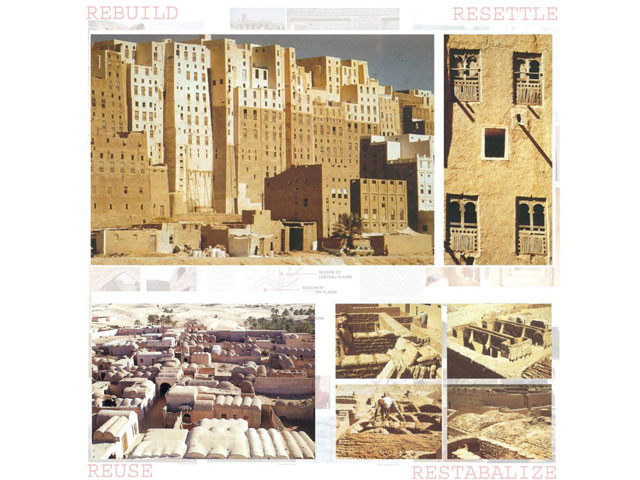
For architect Raza Ali Dada, chaos will not write the ending for us
They then allowed Resettling the Indus, a group of volunteers, students and a few professionals to help them rebuild. On Friday, one of the architects, Raza Ali Dada, presented the results at IAPEX 2012 in Karachi. “The Yemen [image] proved to be the most effective reference in persuading them to work in mud again,” Dada explained. “The local references did not work enough.”
The salient highlight of the exercise was its all-inclusive process. The sketches were designed with the villagers and then teams of ten people were able to put up a house in 20 days or less. “No corporate or government funding was involved at all,” stressed Dada. The villagers made their own homes, increasing their sense of ownership. Previously this had not been the case.
Mud brick was used and produced with a small portable ‘patta junior’ press. A team was trained and they trained more masons. The homes were placed at safer levels, a sewage treatment unit was installed. The roofs were lighter because of bamboo and straw. For the walls they combined burnt brick with sunburnt brick. “Everything that is used to put this up comes from a tight circle within the village,” he explained.
After the homes were built people were easily persuaded to make schools, mosques, dispensaries. Young girls became ‘architects’ themselves by making their proposals for mosques. “The people have even started putting up craft workshops as they are getting in to the habit of working with their hands,” he said. This model has been so successful that it caught on in parts of Sindh and the latest requests have come from Waziristan. “[We cannot] have some chaotic process write the ending for us.”
Published in The Express Tribune, April 14th, 2012.


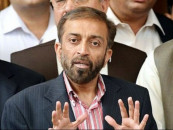
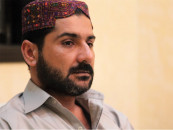


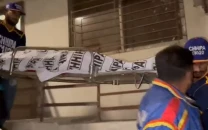



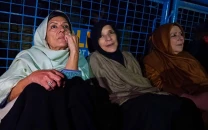







COMMENTS
Comments are moderated and generally will be posted if they are on-topic and not abusive.
For more information, please see our Comments FAQ